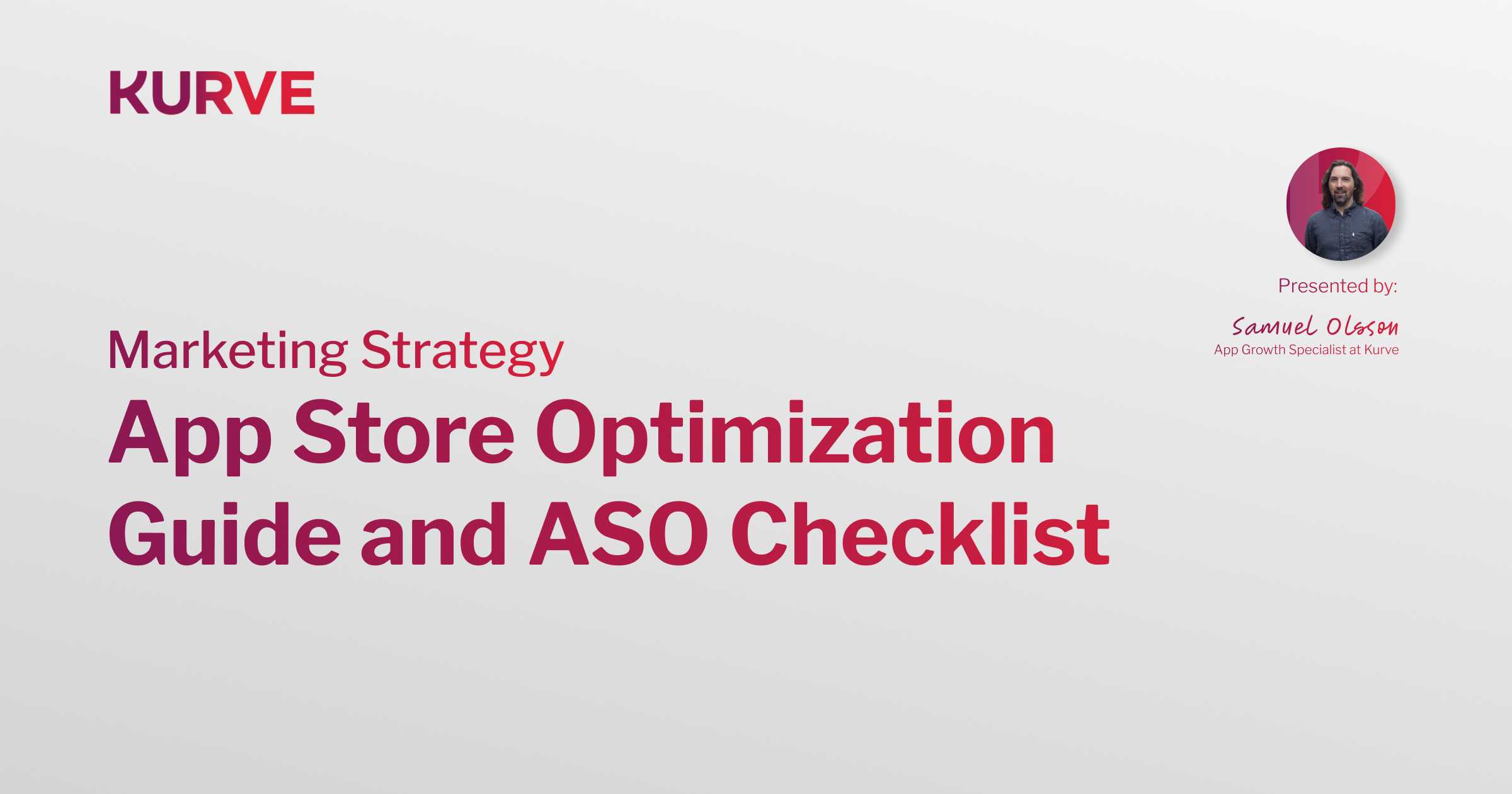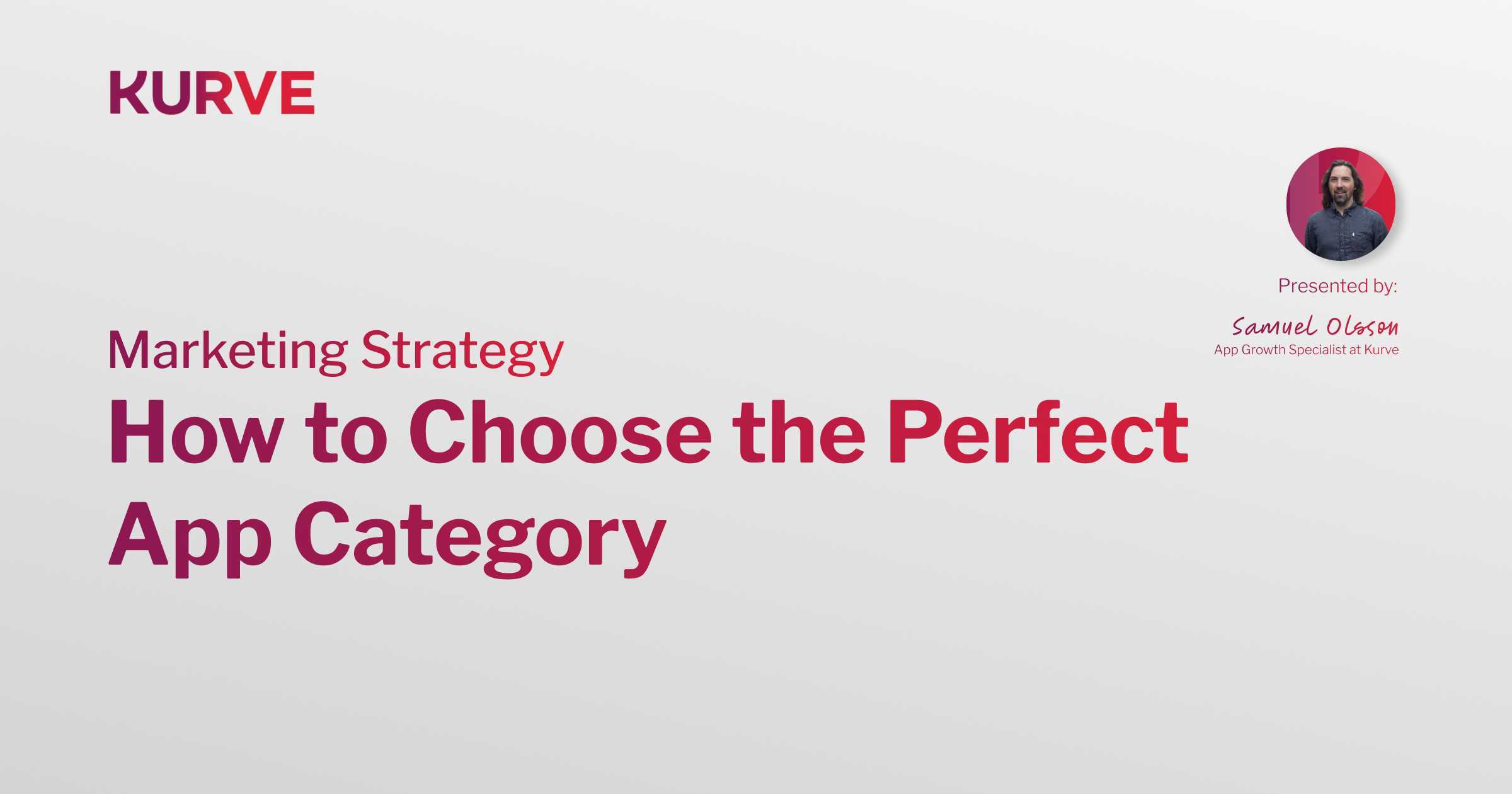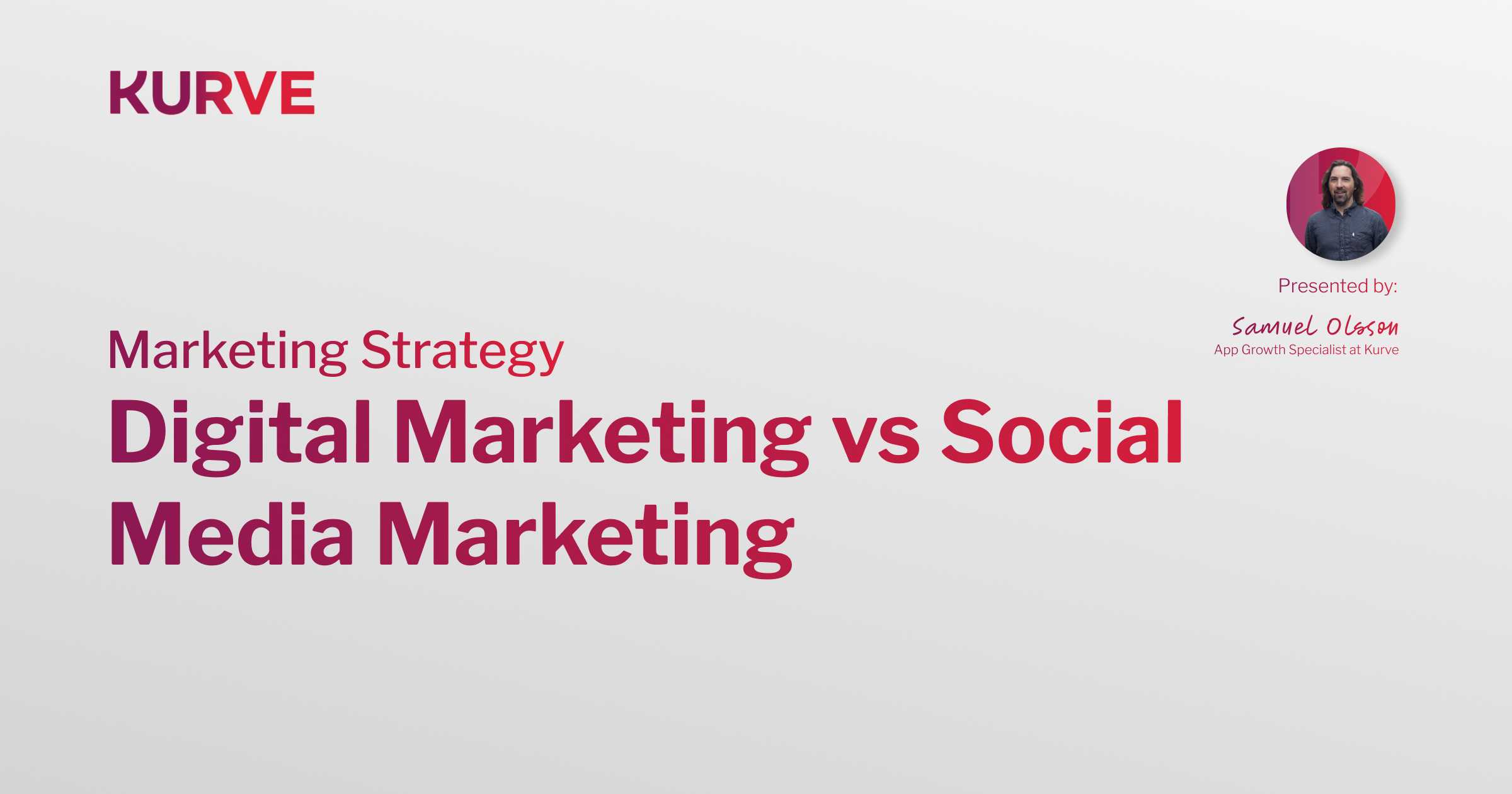Effective Mobile App Growth Tactics to Implement in 2024 (with Examples)
With the number of global smartphone users estimated at 6.8 billion, mobile apps have become one of the most significant digital marketing tools for businesses to reach their target audience.
However, creating an app is only the first step toward success. To drive growth and profitability, businesses need to develop an effective mobile app growth strategy that includes user acquisition, user retention, and engagement tactics.
At Kurve, we understand the importance of mobile app growth and help businesses scale their mobile apps on verticals like user acquisition, app store optimization, mobile analytics, and retention strategies.
Our team of experts has brainstormed and brought together some of the best tactics we've used for our clients to grow their mobile apps.
What Is An App Growth Strategy?
Imagine you have built a great mobile app that solves a common problem for your target audience. However, despite the app's features and user-friendly interface, it's not attracting enough users.
What should you do?
This is where an app growth strategy comes into play.
An app growth strategy is a set of tactics and techniques designed to increase the number of users, user engagement and retention rates for a mobile application. It involves a deep understanding of user behavior and analytics to make data-driven decisions and achieve growth goals. An effective plan can help you differentiate your app, attract the right users and create a positive user experience that keeps them coming back.
Why Do You Need An App Growth Strategy?
If you build a great app in today's competitive market and expect users to appear the day it launches, think again.
To succeed, you must develop a comprehensive app growth strategy with a multi-faceted approach optimized for the entire user journey - from acquisition to retention.
A well-defined growth strategy provides businesses with a roadmap to achieve growth targets, improve user engagement, and stay ahead of the competition. It also enables businesses to understand and address user needs and pain points, increasing customer satisfaction and loyalty.
An app growth strategy is crucial to maximizing the potential of a mobile app, ensuring it meets objectives and generates revenue. Without it, businesses risk getting lost in the crowded app market, losing users to competitors and falling short of their growth targets.
How to Create An App Growth Strategy
Now that we've established the importance of having an app growth strategy, it's time to dive into the steps required to create one.
While each business may have a unique approach, there are fundamental principles that apply to all app growth strategies. In this section, we will cover five essential steps to developing a successful app growth strategy, providing practical advice and real-life examples to help businesses achieve their growth targets.
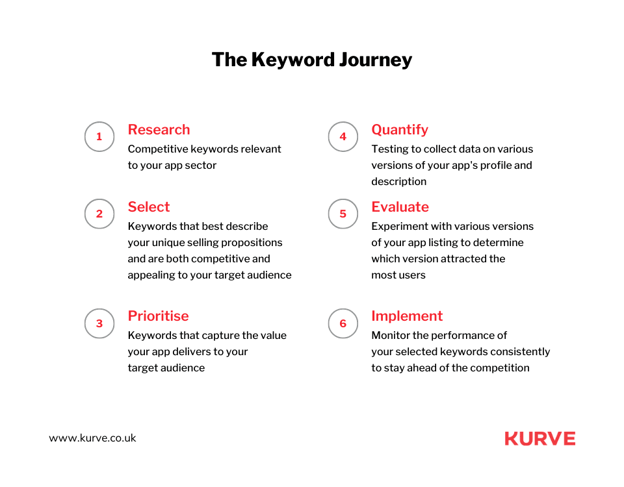
Get to know your market really well
To develop an effective app growth strategy, it's essential to understand your target market first. This includes demographics, behavior patterns, pain points and preferences.
By gathering and analyzing data, businesses can tailor their app experience to their users, making it more likely that they will engage and return to the app.
At Kurve, we use "Data Excellence" as one of our adaptive strategies for mobile app growth. This involves tracking, measuring and attributing growth through analytical solutions like Amplitude, Google tools and Mobile Measurement Partners.
By analyzing the data, we help businesses gain valuable insights into their existing market and user base, which can inform their growth strategy and ultimately drive success.
Analyze your competitors
Analyzing your competitors is critical in creating an effective app growth strategy. By understanding their strengths and weaknesses, businesses can identify areas of opportunity and differentiation, improving their chances of success in the market.
One way to analyze competitors is to thoroughly review their app store listings, app reviews and social media presence. This information can provide insights into user feedback, key features and marketing tactics used by competitors.
At Kurve, we use tools like Sensor Tower to gain in-depth user insights into competitor apps, including user demographics, user ratings, and download trends. This allows us to create a data-driven approach to app growth and optimization, improving our client's chances of success.
Identify your ideal customer
If you're trying to hit a bullseye with a bow and arrow, you need to know precisely where the target is. The same goes for app growth – to hit your growth targets, you need to know who your ideal customer is.
This means identifying not only their demographics but also their pain points, behaviors and desires. What motivates them to download and use your app? What challenges are they facing that your app can help solve?
At Kurve, we call this approach "Growth Excellence".
By conducting thorough market research and customer analysis, we can help businesses understand their ideal customer and develop strategies to target them effectively. This allows for more efficient and cost-effective marketing efforts, increasing user acquisition and retention rates.
Show up in user search
You can have the best app in the world, but it won't get any downloads if it's not showing up in user searches. That's why one of the most important factors for mobile app success is visibility, and optimizing your app store listing for search engines is essential.
This includes using relevant keywords in your app title, descriptions and metadata, and encouraging positive user reviews and ratings. Doing so increases the chances of your app being discovered and downloaded by your ideal customers.
Lean into CLV – Customer Lifetime Value
Think of your app users as long-term investments rather than one-time transactions. By focusing on customer lifetime value (CLV), businesses can increase their revenue and profitability by retaining existing customers and increasing their value over time.
CLV is a metric that calculates the total value a customer brings to a business throughout their entire relationship. This includes all purchases and interactions with the app, as well as the potential for referrals and word-of-mouth marketing.
To maximize CLV, businesses must develop a strong retention strategy that keeps existing users engaged and satisfied. This can include personalized messaging, targeted promotions, and loyalty programs. By nurturing existing relationships and increasing customer satisfaction, businesses can drive long-term revenue growth and profitability.
Best Practices for App Growth Strategy
To succeed in mobile app growth, it's important to implement best practices that have proven effective.
In this section, we'll discuss some of the top tactics to drive user acquisition, retention, and engagement.
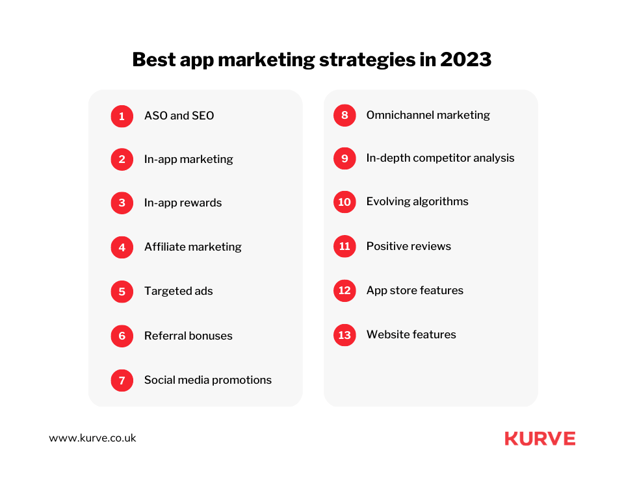
Use push notifications
First up, let's talk about the power of push notifications.
You can increase app engagement and retention rates by sending targeted and personalized messages to your users. For example, push notifications can remind users about new features, special offers, and promotions and encourage them to return to your app.
With a well-crafted push notification strategy, you can keep your users engaged and returning for more.
Set up email marketing campaigns
Email marketing is a powerful tool for engaging and retaining users. By setting up targeted email campaigns, you can deliver personalized content, offers, and promotions directly to your users' inboxes, keeping your app top-of-mind and driving conversions.
To get started, you'll need to collect user email addresses and segment your list based on user behavior, interests, and preferences. From there, you can create and automate email campaigns that provide value to your users and encourage them to engage with your app.
Be sure to track and analyze the results of your campaigns to continually optimize and improve your email marketing strategy.
Get the latest marketing news and expert insights delivered to your inbox
Staying up-to-date with the latest trends and insights in mobile app marketing is crucial for creating and implementing an effective app growth strategy.
One way to do this is by subscribing to relevant newsletters and industry publications.
This allows you to stay informed about the latest marketing tactics and strategies, as well as upcoming trends and changes in the mobile app market.
By doing so, you can stay ahead of the competition and adjust your app growth strategy accordingly. Plus, you'll have access to expert insights and advice from industry leaders, which can be invaluable for scaling your mobile app.
Gather user feedback
Gathering user feedback is essential for creating a better user experience and retaining users. Whether through in-app surveys or social media, getting direct input from your users can help you understand what's working, what's not, and what new features they'd like to see. Use this feedback to make informed decisions on how to improve your app and keep users engaged.
Hire influencers
In today's world of social media, influencers have emerged as powerful figures with a dedicated following of fans who trust their opinions and recommendations.
Hiring the right influencers who align with your brand's values and audience can help you tap into their influence, borrow their audiences and reach potential customers.
By harnessing their influence, you can also create a buzz around your app and reach new customers, ultimately leading to sustained growth and success.
Use Gamification
Who doesn't love a good game? Incorporating gamification into your mobile app growth strategy can be a fun and effective way to increase user engagement and retention.
Whether it's adding badges, rewards, or leaderboards, gamification can motivate users to interact with your app on a regular basis. By tapping into their competitive nature and desire for achievement, you can create an addictive experience that keeps users returning for more.
At Kurve, we've seen firsthand how gamification can be a game-changer for mobile app growth. By analyzing user behavior and preferences, we can develop customized gamification strategies that drive growth and engagement. So, level up your app's success by adding playful elements that keep users hooked.
Make it personal
Personalization is a powerful way to enhance user engagement and increase loyalty.
By tailoring the user experience to their preferences and behavior, businesses can create a more immersive and meaningful app experience. This can include personalized recommendations, customized content, and targeted messaging.
Leverage user data and analytics to identify the best ways to personalize the app experience and create a lasting connection with your users.
Offer subscriptions and paid memberships
As a mobile app owner, you want to provide value to your users while also generating revenue.
One way to do this is by offering subscriptions and paid memberships.
By doing so, you can provide exclusive access to premium content or features that are not available to non-paying users. This increases engagement and loyalty and helps generate a steady stream of revenue for your app.
It's a win-win situation – your users get more value, and your business gets more revenue to continue improving the app experience.
App Growth Strategy in Action (Real Life-Examples)
It's one thing to read about app growth strategies; it's another to see them in action. Real-life examples offer a glimpse into the success stories of businesses that have implemented effective app growth strategies. From small startups to large corporations, these companies have seen impressive results by incorporating the right tactics into their growth plans.
So, let's dive in and see how these companies are making the most out of their mobile apps.
Sweatcoin
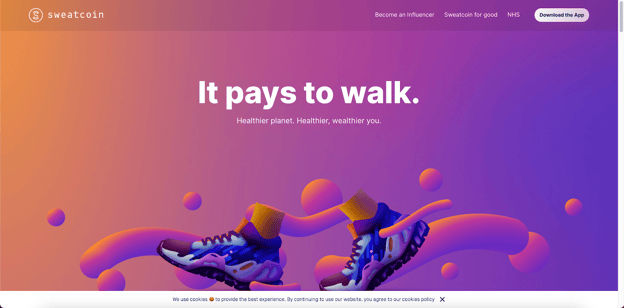
Sweatcoin is an excellent example of a health and fitness app that has experienced tremendous growth in a short period of time. Partnering with Kurve, Sweatcoin became the number 1 health and fitness app in the UK and the fastest-growing app in its category. Originally, Sweatcoin relied on influencers, referrals, and viral loops to grow its user base, amassing over 60 million registered users. However, they sought to make their growth more predictable and scalable.
To achieve this, Kurve implemented a tailored growth and campaign structure, focusing on paid advertising through Google App Campaigns and Paid Social. This allowed them to control campaign volume and CPI while conducting low-level experiments to optimize their campaigns. They also leveraged TikTok and micro-influencers to create user-generated content that resonated with their target demographic, Gen Z. This approach led to reduced CPI, lower advertising costs, and increased visibility in target markets.
Furthermore, Kurve helped Sweatcoin train Google's algorithm to identify and target ideal users by reverse engineering their audience research. This comprehensive and targeted strategy, combined with their innovative product, led to impressive traction, market appeal, and growth potential for Sweatcoin.
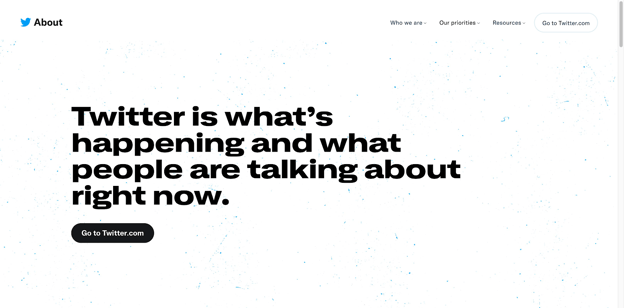
Twitter has experienced phenomenal growth since its inception in 2006.
One of the key strategies that contributed to its success is the platform's focus on real-time information and communication. This unique selling point attracted users who were interested in staying updated with the latest news and trends.
Additionally, Twitter leveraged celebrity endorsements and influencer marketing to attract more users to the platform. The user base rapidly grew from 1.3 million in 2008 to over 300 million monthly active users by 2015, showcasing the effectiveness of Twitter's growth strategy.
Netflix
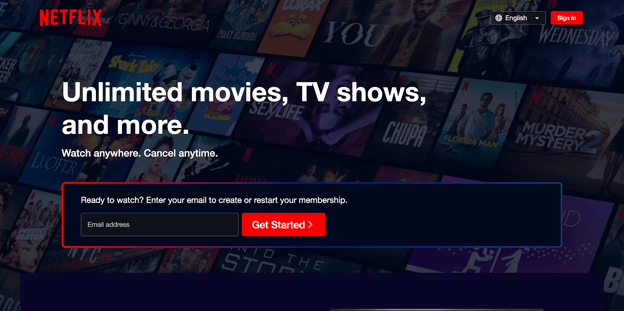
Netflix is a prime example of a company that has leveraged data and analytics to achieve tremendous growth.
The streaming giant uses big data to analyze user preferences and viewing habits, allowing them to create personalized content recommendations that keep users engaged. This data-driven approach to content curation has been a key factor in Netflix's ability to retain subscribers and grow its user base.
Furthermore, Netflix's aggressive international expansion strategy and consistent focus on producing high-quality original content have helped the company attract over 200 million subscribers worldwide.
BackThen
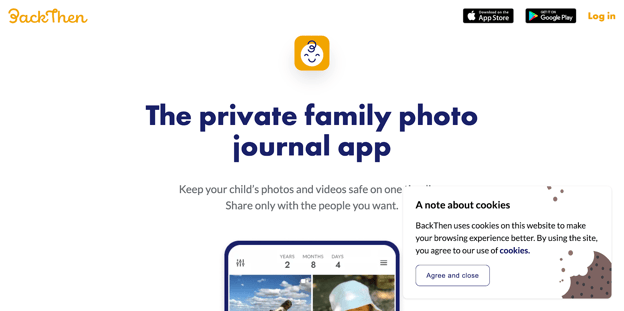
BackThen, formerly known as LifeCake, is a private family photo and video journal app designed to help users store, organize, and share their family journey securely. Acquired by Canon in 2015, the app had reached a plateau with 600,000 users, and the company aimed to increase its user base to at least 1 million.
To achieve this goal, we at Kurve shifted the marketing focus from generating installs to optimizing for registration, a deeper user event. By analyzing user behavior and applying data science models, we identified a 4:1 ratio of user uploads, friend invitations, and comments as our target. We then developed a CPM strategy involving the acquisition and sharing of engaging baby video content, which led to explosive engagement and better audience segmentation for targeted advertising.
As a result, we successfully scaled BackThen's user base five-fold within 12 months, reaching over 3 million users. The CPM was reduced from £50 to £5, and the cost per user was halved. Efficiency improved by 20-30%, and the effects were visible within three months of implementing the new strategy.
Final Thoughts
In conclusion, developing an effective app growth strategy is essential for businesses looking to stay competitive in the mobile app market.
By following best practices like optimizing for search, using push notifications, and gathering user feedback, companies can increase user acquisition and retention rates.
Real-life examples like Sweatcoin demonstrate the success that can be achieved with a well-researched and integrated approach to growth.
At Kurve, we specialize in helping businesses achieve their growth goals through our adaptive strategies and data-driven approach. Contact us to learn more about our services and how we can help your app reach its full potential.
For businesses aiming to implement these growth strategies effectively, partnering with experienced developers is crucial. Our app development service are designed to build scalable and high-performance mobile applications tailored to your growth objectives.
